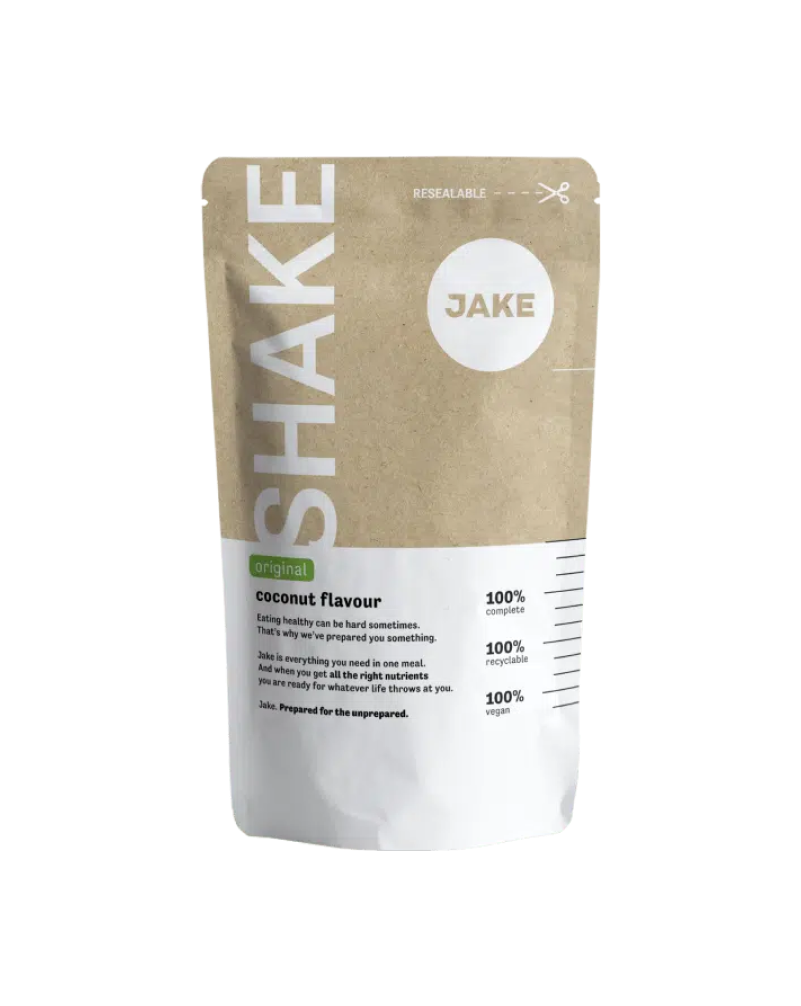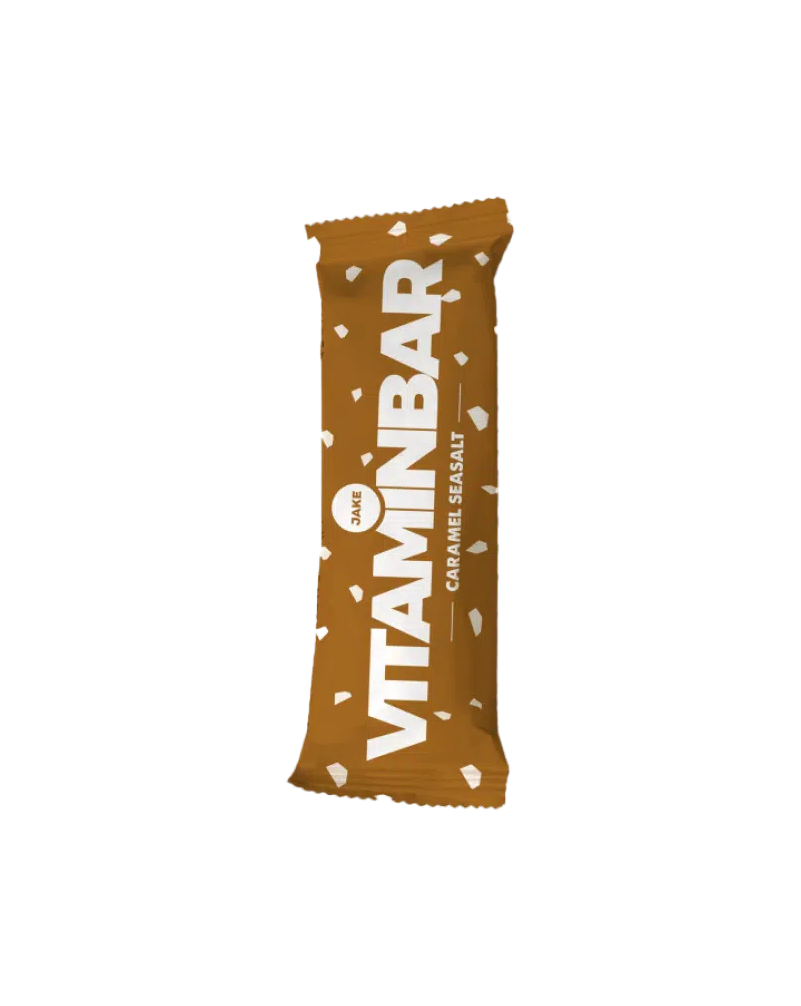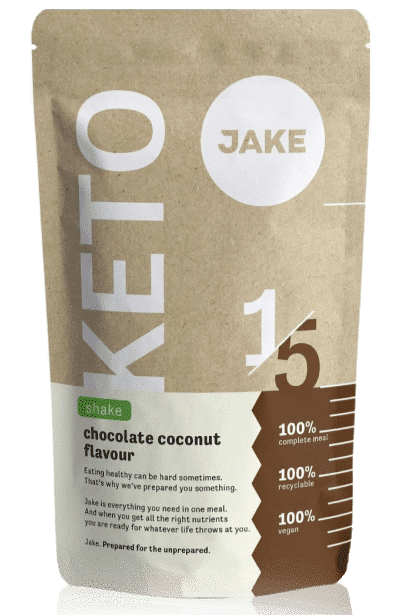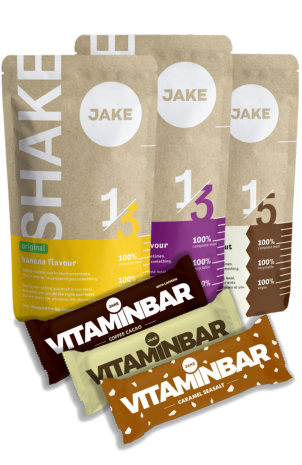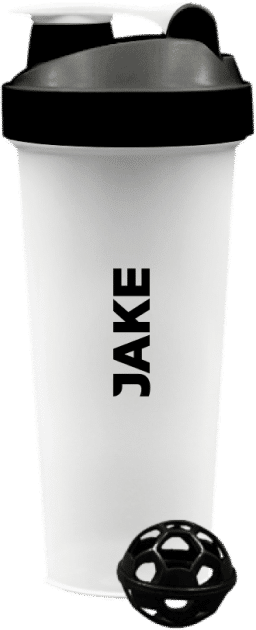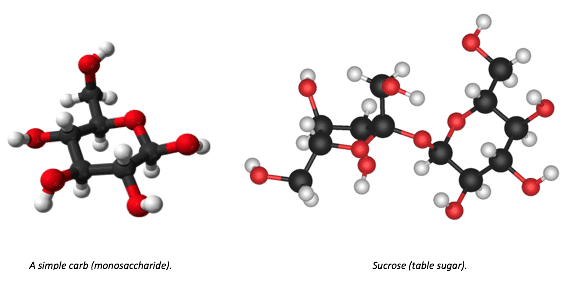11-minute read•October 2nd, 2018
Let’s get this straight: carbs are not the enemy. They’ve gotten a bad reputation lately, but don’t let that fool you. Your body loves carbs. And there’s more nuance to their story than you probably think.
Whether you’re a happy carb-eater or considering cutting down on carbs, learning what they really are and what they do is the way to start.
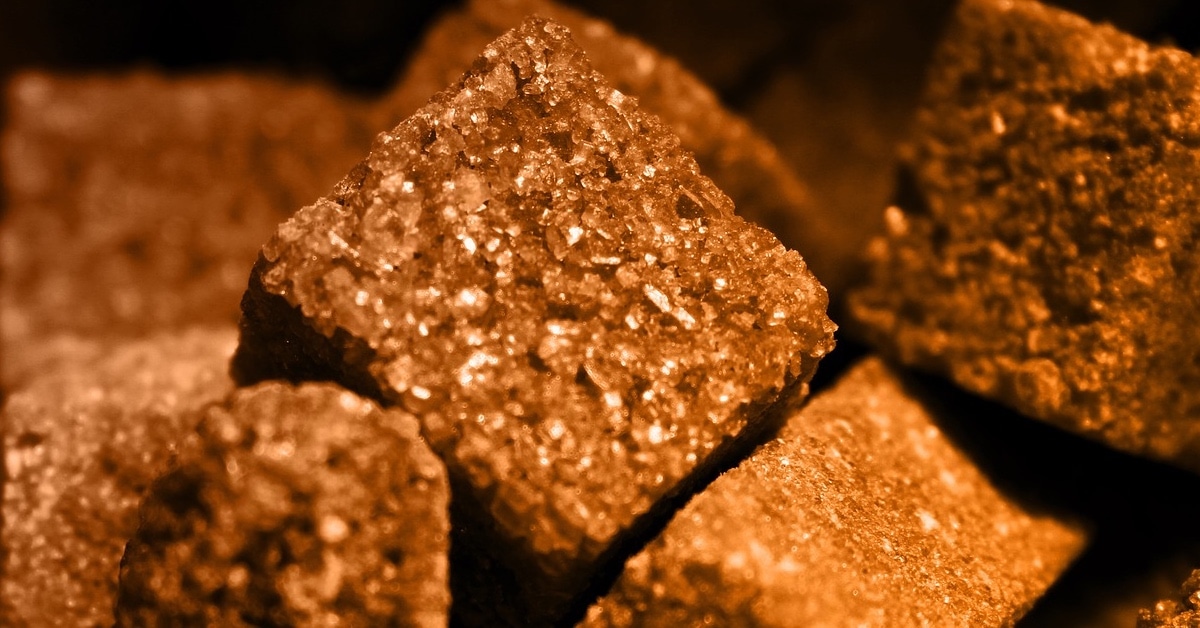
Short on time?
Best known for:Being your main source of energy.
Good sources: Milk, fruits, berries and some vegetables. Dietary fibre is most abundant in whole grain cereals, peas, beans, pulses and some vegetables.
Recommended dietary allowance (RDA): Between 45-60% of your total energy intake. No tolerable upper intake level (UL) is established.
Good to know: The amount of carbs you eat might be less important for your health than the type of carbs you eat. Diets high in glycaemic load can contribute to diabetes, obesity and cardiovascular problems over time.
Carbohydrates in Jake:
Jake Light: 31g/meal
Jake Original: 70-72g/meal
Jake Sports: 81g/meal
Vitaminbars: 32-34g/bar
What are carbohydrates?
Together with fats and proteins, carbohydrates form the group of macronutrients. Macronutrients are our main dietary sources of energy.
Carbohydrates are molecules made up of one or more sugar units, or saccharides. Carbs can be classified into four types, based on the number of saccharides, they contain. The four types of carbs are:
- Sugars. Sugars are molecules that are made up of one or two saccharides. Sugars that are made of one saccharide are called monosaccharides, which literally means ‘single sugar’. Easy. Monosaccharides are the simplest type of carbs. Glucose, fructose and galactose are all monosaccharides.
Sugars made of two saccharides are called disaccharides. The most common disaccharide is sucrose (table sugar), which is a combination of a glucose molecule linked to a fructose molecule. Another very well-known disaccharide is lactose, the type of sugar we find in milk.
- Simple carbs. When we link three sugar units together, it’s called an oligosaccharide. Oligosaccharides are still considered simple carbs, because our body can easily break them down into individual monosaccharides. Any carb formed with 3 to 10 saccharides is called an oligosaccharide.
- Complex carbs. The more saccharides we keep linking together, the more complex the carb becomes. A carb made of more than 10 linked sugar units is called a polysaccharide. An example of a very long-chain polysaccharide, and thus a very complex carb, is the potato starch molecule: amylopectin. Amylopectin is a carb made of 2000-20,000 individual glucose units linked together. As you can imagine, it takes your body a bit longer to convert these into individual glucose monosaccharides. Hence the label ‘complex carbs’.
- Dietary fibre. Dietary fibres are polysaccharides. They can be soluble or insoluble, depending on whether they absorb water. What distinguishes fibres from other complex carbs is that we cannot digest them, because they have certain types of bonds between their sugar units that our bodies can’t break. As a result, dietary fibres cannot be used for energy and pass through our body whole.
Carbohydrates are the main source of energy in most human diets. In order to be used for energy, they first need to be broken down or converted into glucose. Glucose is the preferred fuel for most of our cells.
Your liver and muscles can store up to 500 grams of glucose in the form of glycogen. If your carbohydrate consumption exceeds glycogen storage capacity, the excess is converted into fat. As you can probably guess, fat storages are practically unlimited.
Functions of carbohydrates
The main role of carbohydrates in your body is to supply energy – either directly or stored for later use in the form of glycogen or fats.
Some other functions of carbs include:
- Keeping your digestive system healthy: Soluble fibres absorb water as they pass through your body. This adds bulk to your stool and makes bowel movements easier. Insoluble fibres can alleviate constipation and protect you from digestive tract diseases.
- Carbs serve as a structural component of coenzymes such as ATP, the main energy-carrying molecule in all living cells.
- Keep your heart healthy: This one is a bit tricky, as not all carbs have a beneficial effect. Soluble fibres help lower “bad” LDL cholesterol and blood pressure and decrease the risk of heart disease. However, diets high in sugars can have the opposite effect (over time).
Carbohydrates and your blood sugar
To reach every part of your body, glucose is transported through your blood. As we constantly need energy, there’s always a good amount of glucose in our blood. The concentration of glucose in our blood is called blood sugar.
When the carbs you eat are broken down into glucose, they enter your blood stream and raise your blood sugar level. Too much glucose in your blood can become fatal, quickly. So, to control the amount of glucose in your blood, your body produces insulin. Insulin initiates the uptake of glucose into tissues and removes it from your blood, normalising your blood sugar level.
That’s the simple story. However, the speed and intensity of this process varies greatly based on the type of carbs you eat.
For example, simple carbs are digested very easily and end up in your blood very quickly after consumption. Your body’s response to this quick rise of blood sugar levels is an equally quick increase in insulin production, resulting in a sharp drop in your blood sugar levels soon after a meal. You have probably experienced this process as a sugar high and the inevitable sugar crush that follows.
The more complex the carb, the slower it is to digest. Slower digestion leads to a more gradual rise of blood sugar and insulin levels after eating. As a result, you feel a more stable energy flow, instead of sharp fluctuations of energy.
So, which carbs to pick? Two of the ways to go are the glycaemic index (GI)The glycaemic index (GI) is a value assigned to foods based on how much and how quickly they raise your blood sugar level after consumption. GI scores range from 0 to 100. A score over 70 is considered high, whereas a score under 55 is considered low. or glycaemic load (GL)The glycaemic load (GL) is a value assigned to foods. It adds a layer of specificity to the glycaemic index (GI) by accounting for the quantity of carbohydrates in a serving of food. For example, watermelon has a high GI, but due to its water content, the actual concentration of carbs per watermelon serving is low, which results in a low GL score. A GL is considered high over 20, intermediate between 11-19 and low under 10.. GI is a good indicator of a carb’s potential to raise your blood sugar level. However, checking a food’s GL score before you eat it will tell you more about its immediate effect on your blood sugar and energy level.
How many carbohydrates do you need?
There’s no one-size-fits-all answer to this question. Although carbs are considered your body’s preferred source of energy, they’re not the only source. Fats and protein can also be used as fuel.
Therefore, how many carbs you need depends on your overall energy needs and the amount of fat and protein in your diet. It’s generally recommended that 45-60% of your total caloric intake should come from carbohydrates. For an average adult male with a caloric intake of 2500 calories per day, that means that between 1125 and 1500 calories should come from carbs. Each gram of carbs yields 4 calories of energy, so this makes 281-375 grams of carbs per day.
Fibre is a special case among carbohydrates. Your body can’t use it for fuel, but it does have a big role in maintaining normal bowel function. Therefore, a daily intake of 25g of fibre is recommended.These are the recommendations of the European Food Safety Authority (EFSA).
Macronutrients are our main dietary sources of energy. But they’re not the only sources of energy! Alcohol is not a fat, carb or protein, but it does provide 9 calories per gram. That’s why a Skinny Bitch (vodka + diet Coke) still has 97 calories.
Sources of carbohydrates
Apart from milk, which has a lot of lactose, most carbohydrates come from plant sources. The main sources of sugars are fruits, berries, fruit juices and some vegetables. A lot of processed food and carbonated beverages also contain lots of sugar.
When it comes to fibres, the best sources are whole grain cereals, pulses, beans, peas and vegetables. Baked potatoes can also be a good source, as long as you keep their skin on.
These are the best sources of carbs and fibres:
| Food | Total carbohydrates (g) | Dietary fibre (g) | Glycaemic index | Glycaemic load (per serving) |
|---|---|---|---|---|
| Potato, boiled with skin (1 medium-sized) | 27.4 | 2.4 | 82 | 25 |
| Watermelon (154 g) | 11 | 0.6 | 76 | 8 |
| White rice, boiled (100 g) | 27 | 0.4 | 66 | 18 |
| Honey (1 tbsp) | 17 | 0 | 58 | 10 |
| Cashews (28 g) | 9 | 0.9 | 25 | 2 |
Are you lactose intolerant? Then you probably know that lactose is found in milk. But did you know that lactose is actually sugar? To be digested, lactose requires a special enzyme, called lactase. Most mammals, including some people, gradually stop producing lactase as they mature. Being lactose intolerant basically means that you’re not producing lactase.
What if you’re not getting enough carbohydrates?
Carbohydrates are a major source of energy for your body. If you’re not getting enough from your diet, your body turns to its glycogen storage in the liver and muscles. Once glycogen storages are depleted, you start breaking down fats. Since fats cannot be converted to glucose, they are used instead to make ketones, which serve as a fuel alternative to glucose.
If the ketone concentration in your blood exceeds 0.5 mM, you enter a state called ketosis. During ketosis, ketones have taken over from glucose as your primary source of energy. Ketosis can have some health benefits, especially for those suffering from epilepsy or type 2 diabetes. And as your body’s burning fat for fuel, you’re quite likely to lose fat during ketosis. This has led to the currently popular ‘ketogenic diet’. The standard ketogenic diet contains 75% fat, 20% protein and only 5% carbs.
Although ketosis is generally considered safe for most people, there can also be side effects, including bad breath, fatigue, headaches, leg cramps and heart palpitations. These symptoms usually start soon after entering ketosis and subside after a few days or weeks. Little is currently known about the effects of ketosis over long periods of time, due to insufficient research.
If you’re in ketosis and you run out of fat as well, your body will start breaking down muscle to release amino acidsAmino acids are the building blocks of protein. , which can then be converted to glucose. Muscle breakdown is your body’s last resort and usually only happens in times of prolonged starvation.
When it comes to carbohydrates, how much is too much?
There is no tolerable upper intake level (UL) for carbohydrates. When it comes to carbs, the amount you consume can be less important than the type of carbs you consume. In particular, a high-GL diet or a diet rich in added sugars can have negative consequences for your health over the years.
When the glucose concentration in your blood is chronically high, your cells fail to respond normally to insulin – a condition known as insulin resistance. As a result, insulin fails to lower your blood sugar level. If you regularly have high blood sugar levels, it can affect your eyes, nerves, kidneys and blood vessels over time. Another consequence of high blood sugar levels is metabolic syndrome, characterised by high cholesterol, high blood pressure and blood-clotting problems. Metabolic syndrome is a serious risk factor for diabetes, obesity, coronary heart disease and stroke.
To avoid negative health effects, limit your added sugar intake to under 10% of your total energy intake.This is the recommendation of the World Health Organisation.
Fibres are a special case here as well. There is evidence that fibre intakes greater than the adequate level of 25g per day can reduce your risk of coronary heart disease and type 2 diabetes, as well as help you maintain your weight.
Take-aways
The three key things to keep in mind about carbohydrates are:
- Carbs are your main source of energy and some of them, like dietary fibres, are beneficial for your digestive system and heart.
- You’ll mostly find sugars in foods such as honey, fruits and berries, as well as in milk. Sugar is also added to many foods such as cakes, cookies, ketchup etc. Fibre-rich foods include beans, pulses, peas and whole grain cereals.
- It’s recommended that 45-60% of your total energy intake should come from carbs. However, your body can also use fats and protein as energy sources. Therefore, your actual carb needs can vary based on your overall energy needs, as well as the amount of protein and fats in your diet.
Afraid to miss out on essential nutrients your body needs? You can always take our Jake meal replacement shakes or one of our delicious meal replacement bars.

